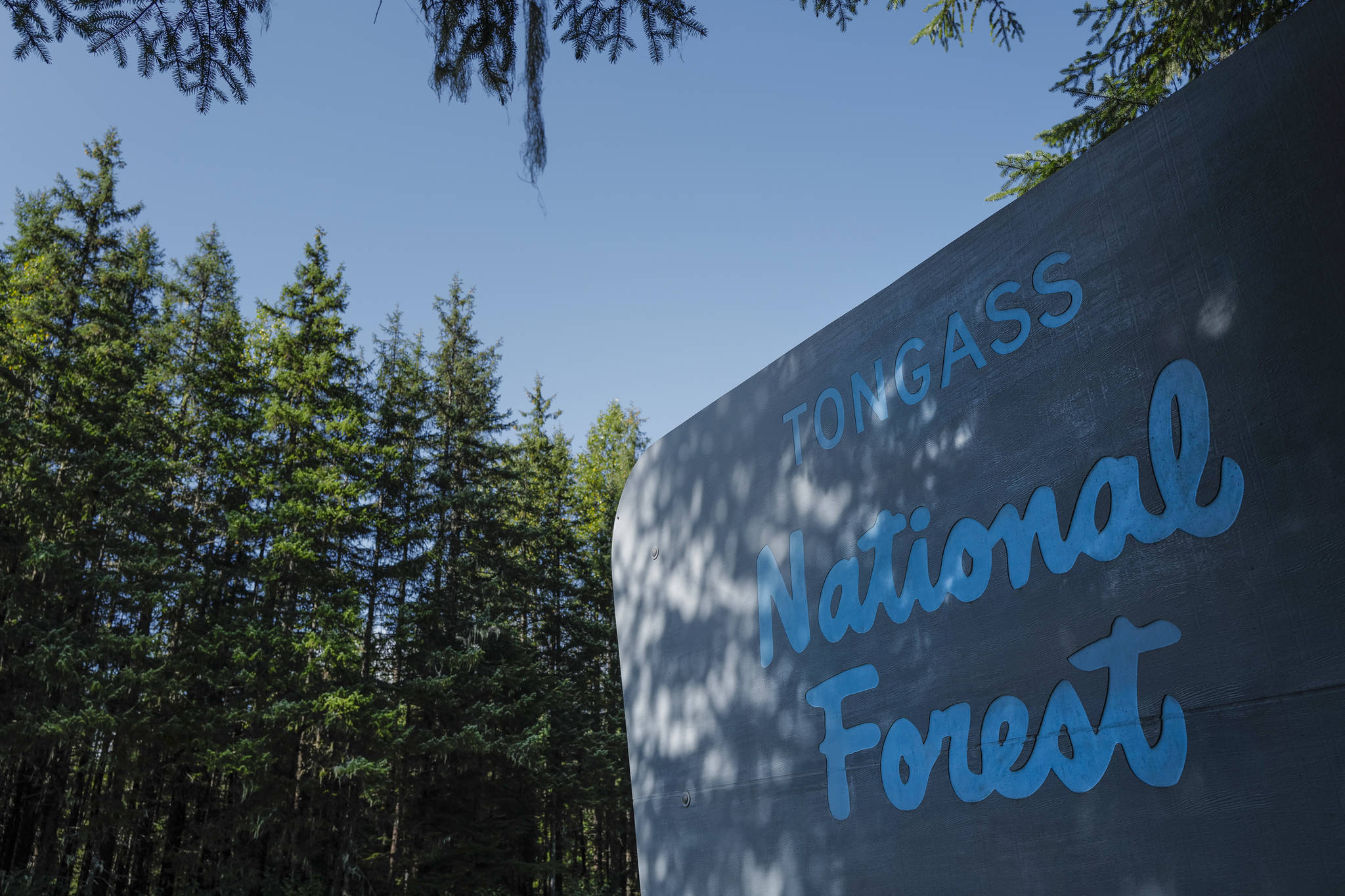The Roadless Rule application in the Tongass National Forest should be eliminated as articulated in Alternative Six in the draft environmental impact statement offering proposals to roadless management in the Tongass National Forest and a proposed Alaska Roadless Rule.
Many are trying to characterize Alternative 6 as about timber and ending protection from clearcutting all of the Tongass National Forest. That is not the case as timber is protected in the Tongass Timber Management Plan. Alternative 6 offers mixed use opportunities for hydro power, thermal power, mining, tourism and other compatible uses, all of which will still require permitting.
Alternative Six will provide reasonable access to the Tongass National Forest and provide needed economic growth and resource extraction for Southeast Alaska.
My opposition to the Roadless Rule is based on the following:
1. Full exemption from the Roadless Rule has been supported by every Alaskan statewide elected official, Democrat, Independent and Republican, since its adoption in 2001.
2. Congress set aside 5.5 million acres of the Tongass as wilderness in the Alaska National Interest Lands Conservation Act of 1980 and the Tongass Timber Reform Act of 1990.
3. The Roadless Rule withdrawals on the Tongass violate the “No More” section of ANILCA (1326(a) of ANILCA, 16 U.S.C. §3213(a) by withdrawing more than 5,000 acres of national forest lands within the state of Alaska without complying with ANILCA’s statutory requirements.
4. Unlike all other National Forests subject to the Roadless Rule, the Tongass had undergone two Congressional reviews and a Washington Office, Secretarial review in 1999 that collectively set aside over 6.6 million acres of Tongass roadless areas as Wilderness and other restrictive land use categories prior to promulgation of the Roadless Rule.
5. While the 2001 Roadless Rule recognized that the Tongass was different from other national forests by analyzing it in a separate section of the EIS and by covering it separately in the Preamble, the Roadless Rule’s general statement of Purpose and Need did not explain why a fourth review of the Tongass roadless areas was needed to achieve the objectives of the Roadless Rule.
6. United States Department of Agriculture identified total exemption of the Tongass as the best alternative during the 2003 Rulemaking because “The Department has concluded that the social and economic hardships to Southeast Alaska outweigh the potential long-term ecological benefits because the Tongass Forest plan adequately provides for the ecological sustainability of the Tongass. Every facet of Southeast Alaska’s economy is important and the potential adverse impacts from application of the roadless rule are not warranted, given the abundance of roadless areas and protections already afforded in the Tongass Forest.”
7. The combined effect of the ANILCA, TTRA and Roadless Area designations has been to deny access to Roadless Areas for timber harvest, make access for renewable energy projects and mining exploration and development difficult as a practical matter and to inhibit transportation in Southeast Alaska:
• Roads for access for timber harvest are not allowed. The timber industry, which supported 4,200 jobs in Southeast Alaska in 1992, is now reduced to one medium-sized sawmill and 300 jobs.
• While “reasonable” access is not prohibited for mining in Roadless Areas, mining companies often need road access to get heavy equipment from tidewater to a project site or to otherwise proceed with economically exploring and developing a mine or a hydro facility (e.g. equipment is too large to be slung to a site by helicopter).
• Road access to renewable energy projects, including geothermal to which road access is currently prohibited, should be authorized. For example, it could be available to power mining exploration and/or mine development.
• The Juneau Access Road could be built as A Federal Aid Highway project in the Roadless Area between Juneau and Haines and Skagway if the state can prove a negative, to wit: “a road may be constructed… in an inventoried roadless area…” if “the Secretary of Agriculture determines that a Federal Aid Highway project, authorized by Title 23 of the United States Code, is in the public interest or is consistent with the purpose for which the land was reserved or acquired “and no other reasonable and prudent alternative exists.” (36 C.F.R. § 294.12 (b)(6).
Elimination of the Roadless Rule in the Tongass National Forest will not destroy the forest nor allow unregulated timber harvests throughout the forest. It will allow regulated and permitted access to the many resources to which we Alaskans are entitled.
Multiple use of the Tongass allows economic benefit to Southeast Alaskans and protects the important environmental features of the Tongass. Shared use of the Tongass Forest is possible with the repeal of the Roadless Rule application as proposed in Alternative 6.
• Denny DeWitt is a former special assistant to former Gov. Frank Murkowski.
• Columns, My Turns and Letters to the Editor represent the view of the author, not the view of the Juneau Empire.
